Democracy’s Darkroom: Tell It, Read It, Decode It, Survive
We need imagery and analysis that exposes how Trump—in all the rapid-fire, misdirecting, and gaslighting—remains able to manipulate the culture in such a neurologic way.
By Michael Shaw and Cara Finnegan
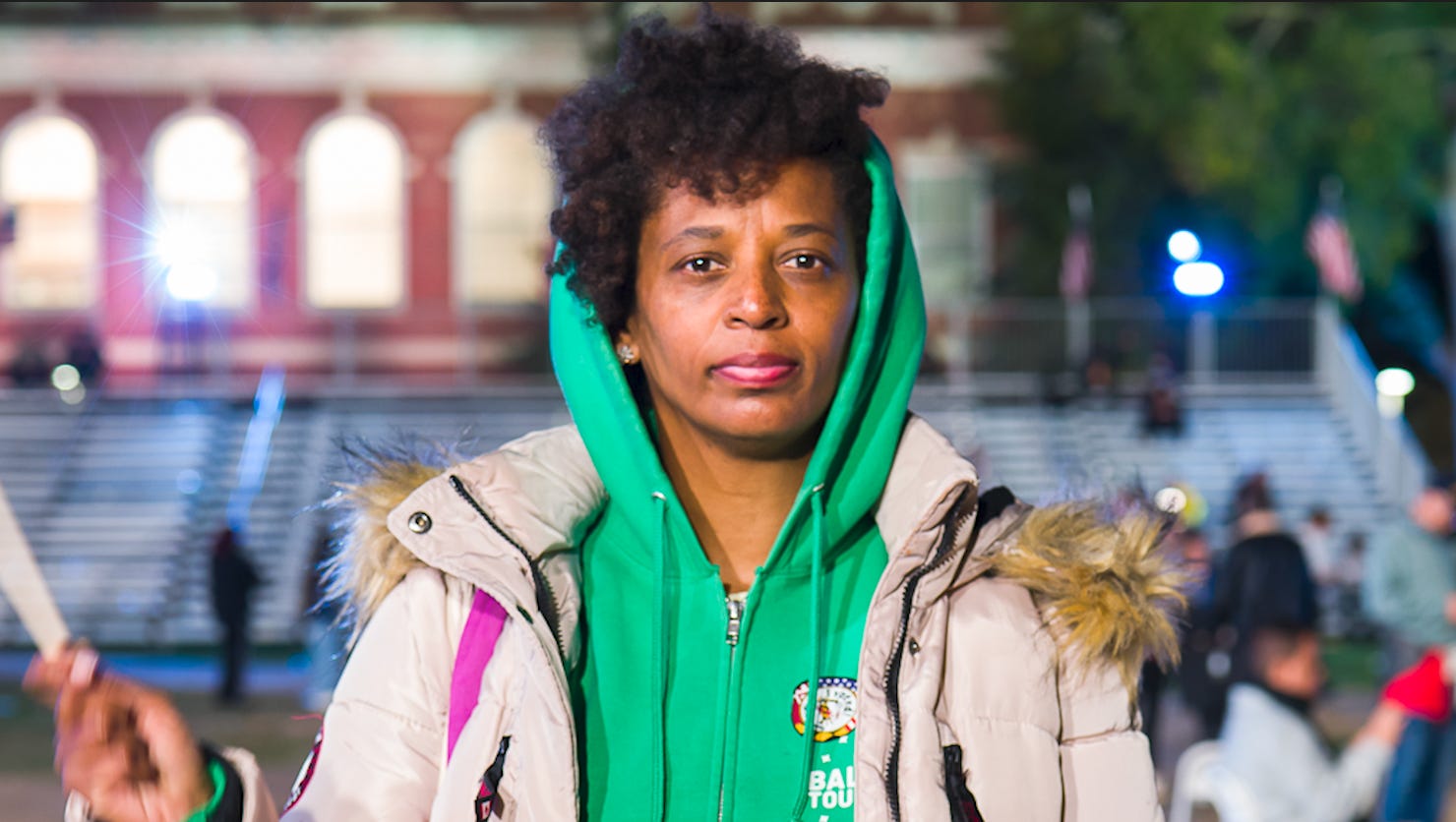
Pain and fortitude.
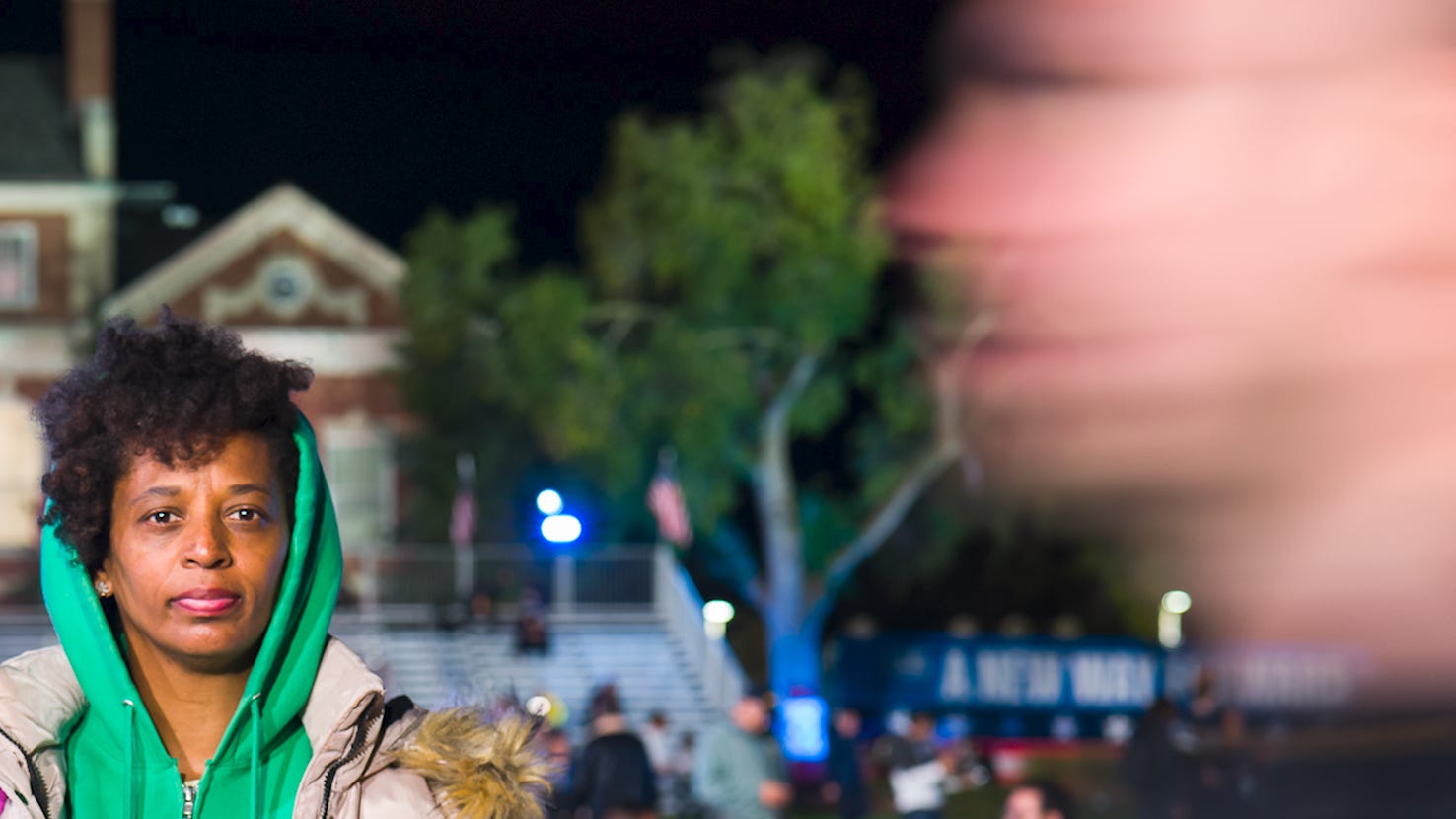
Age and motion.
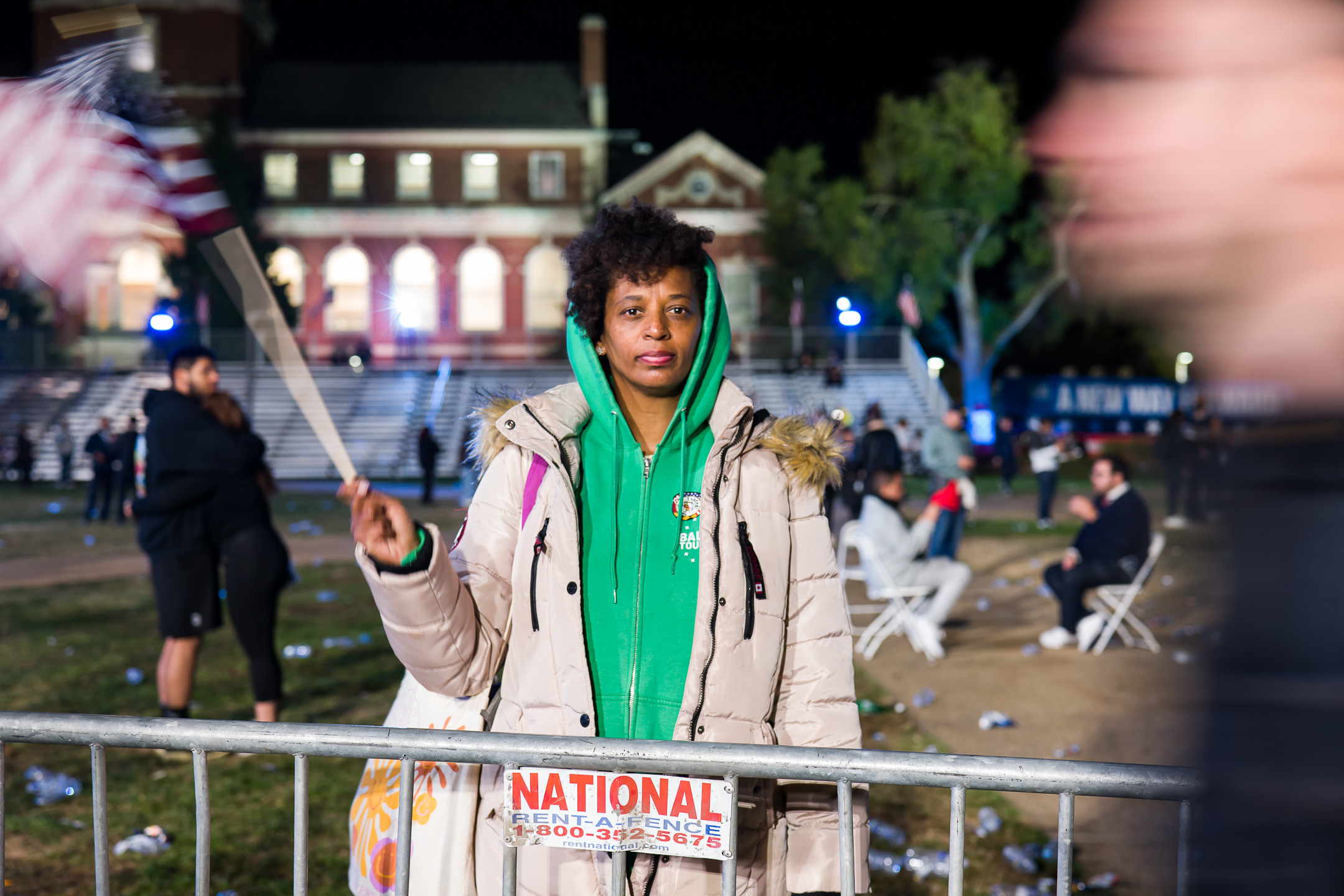
Animation of the white guy and the flag. The “national barrier.”
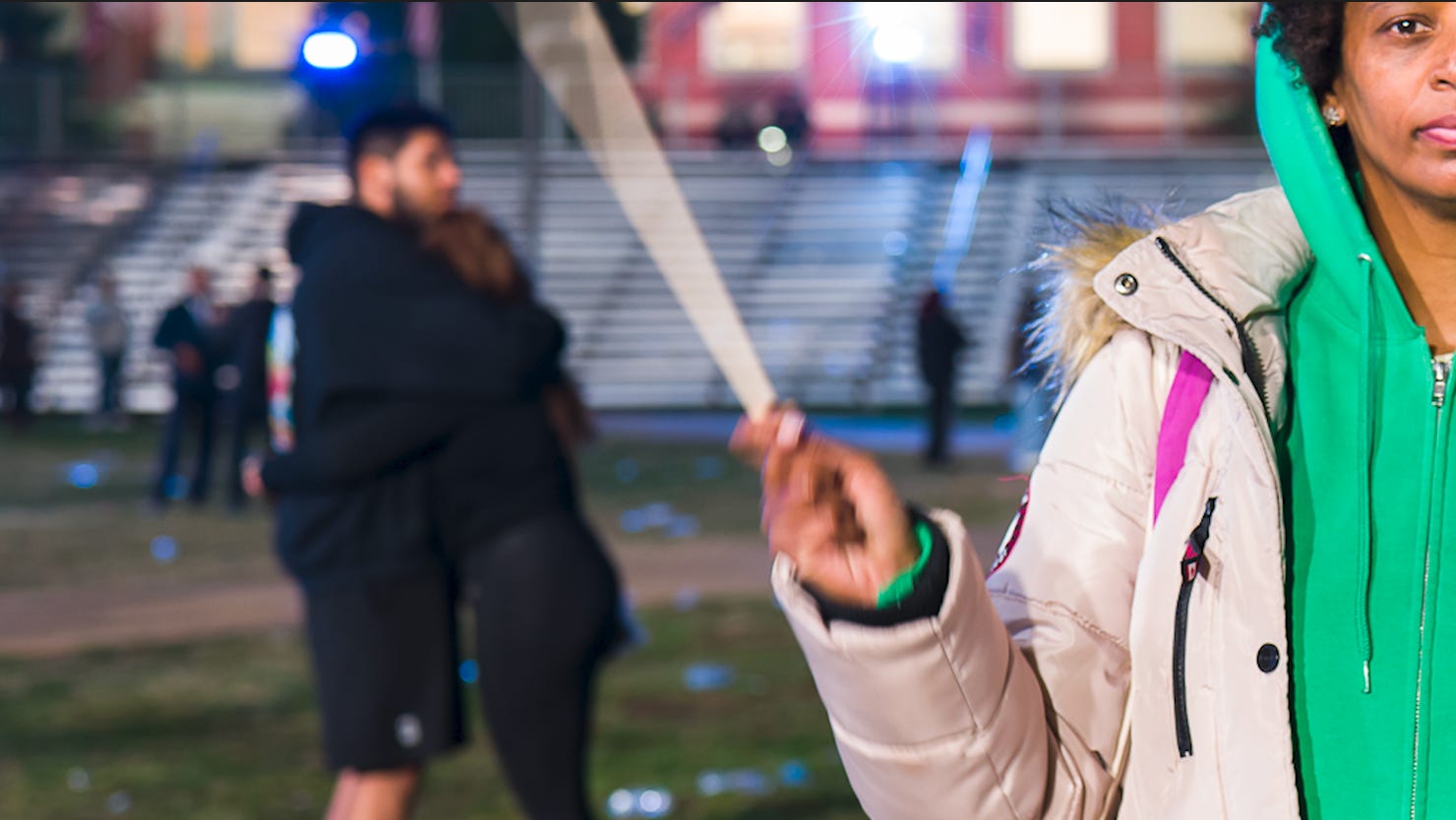
All the feeling.

All the deliberation.
An astonishing number of words have been expended on the causes and effects of Trump’s victory. Still, I’ve read little that is not so abstract, angry, or tactical that it breaks through to me at a gut level.
Trump’s return will take the best of our wordsmiths. At the same time, words and reason can only take us so far in generating perspective and context when this mad genius of visual and visceral exploitation, now with eight years more practice, is wringing out our brain stems.
As he and his minions prepare to take over, the media and the legislative class are already cowering, while the billionaires are unable to hide their glee. To maintain perception and sanity amid the insanity, photojournalists must deliver exceptional context and commentary. As visual readers, we need to be more nimble than ever in exposing how Trump plies his dark art.
Packed with feeling, story, context, and symbolism, a photograph of a Black woman waving an American flag at the end of Kamala Harris’s election night rally at Howard University is an eloquent example of what we’ll need a lot more of. The image, taken for the Washington Post, teems with cause-and-effect: the racial, gender, and generational shockwave, the eerie animation of young, primarily white males, the stubborn barriers holding back Black women, and the two basic Democratic reactions.
We will need telling images more than ever because photojournalists, unlike other reporters under duress from intimidation and witch hunts, reveal the truth in not so many words. And, like Cara and I are doing here, we need to take the time to identify those images and release those words.
This Chatting the Pictures explores the emotional and symbolic complexity of election night 2024, particularly for most Black women in America. It highlights the juxtaposition of hope and sorrow, focusing on one central figure whose expression conveys a mix of pain, strength, and determination amid political uncertainty. The image is analyzed for broader themes such as patriarchy, nationalism, and marginalization, symbolized by elements like the metal barrier, the blurry motion of the white man, and the American flag.
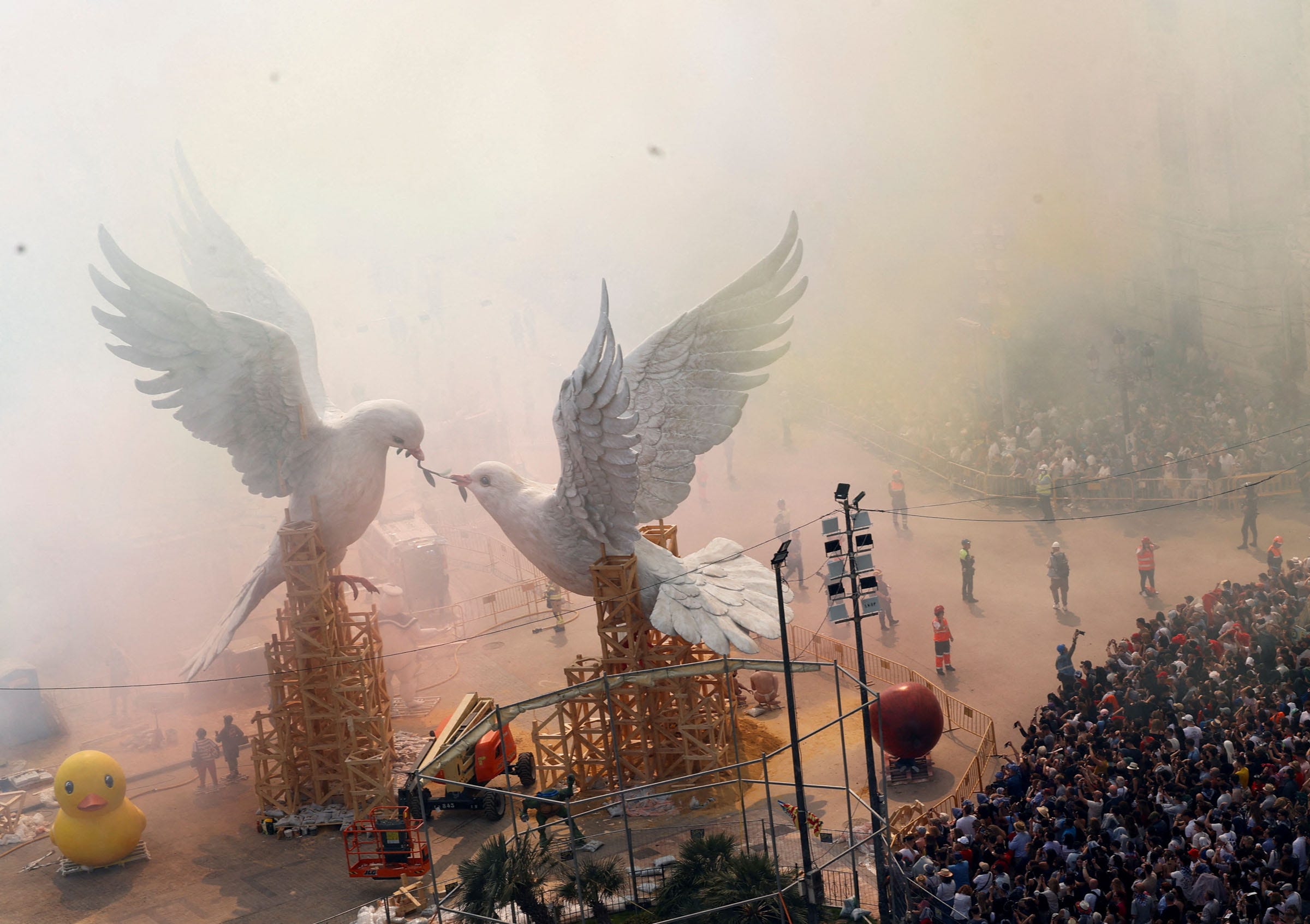

Reactions
Comments Powered by Disqus